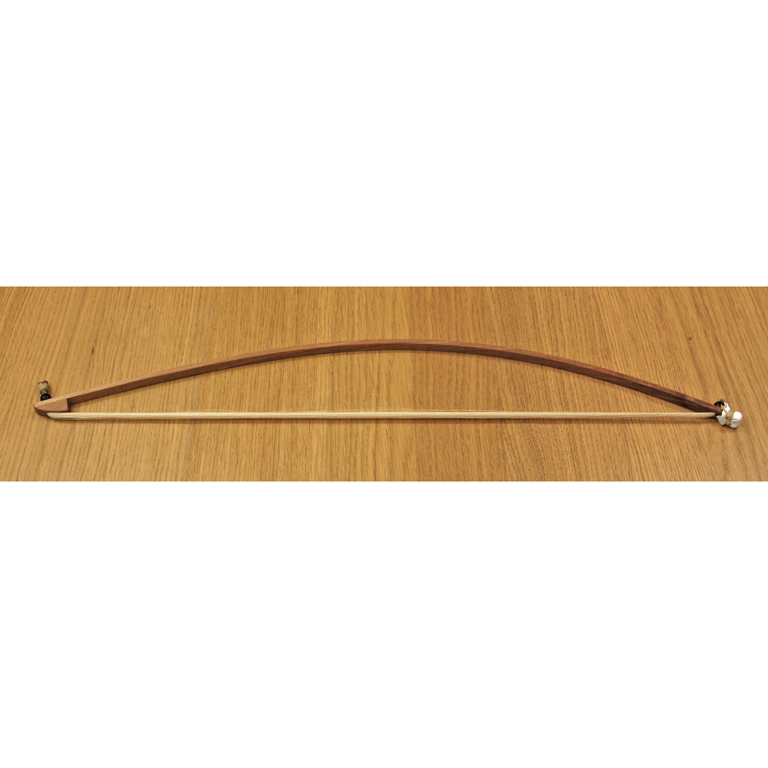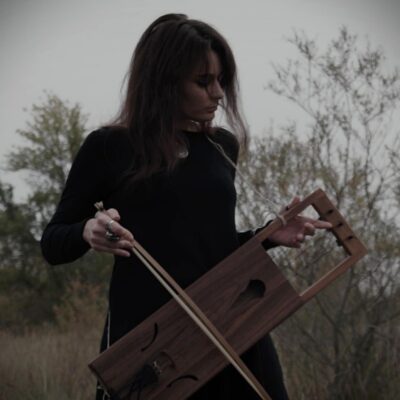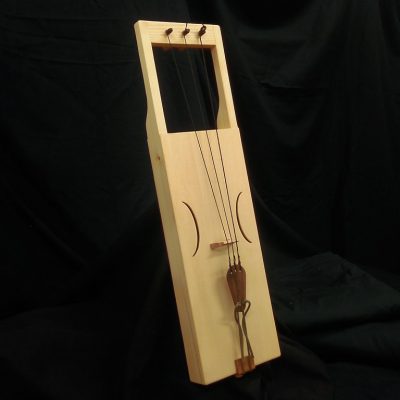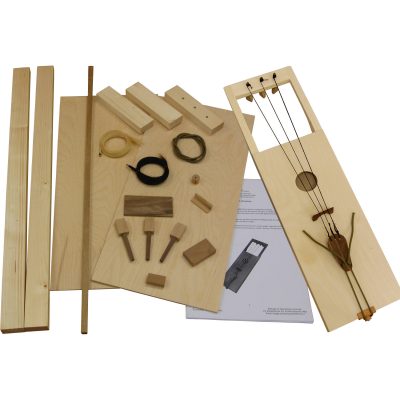Description
Tagelharpa Cello: Features The Tagelharpa Cello, called in this way for her extraordinary voice big, full, precise and powerful that reminds the shade and depth of the sound of the cello, has a structure in carefully selected spruce for the best acoustic and structural characteristics. The soundboard is made of resonant fir from Val di Fiemme that, with the generous dimensions, allows in addition to the lower tonal range than a normal Tagelharpa, a precision and a surprising volume for this type of instrument. Also for the back has been used the same resonance fir of the Val di Fiemme of the soundboard which, in this position, reinforces the lower notes giving the sound a great fullness in every harmony, produces environmental reverberations that generate an engaging aperture and sound dimension and transmits the vibrations to the musician, connecting through the bodily transmission of sounds to the deepest psyche. As always in our best instruments, it is complemented by accurate harmonic measures of the soundbox and of the structure, to create precise and clean sounds, the pegs are inserted into hardwood bushings for better stability and efficiency, the bridge and the soul are the result of long and painstaking experiments to achieve the best tonal balance. The Tagelharpa Cello is a tool for which words can describe its quality, attention to detail and main characteristics, but only by listening to it, and above all by trying it, is it possible to understand its real greatness. If you want, you can listen to it here: Tagelharpa Cello – Ebanisteria Musicale C.M. Ferrari (Youtube) The bow is made of walnut, finished as the instrument and it mounts blond horsehair.
History
The Tagelharpa (also called Talharpa) is a bowed lyre orgined in northern Europe. It spread widely in Scandinavia after the Viking age and is still used in some of the northern territories (of particular importance the tradition of the Estonian islands). Its existence in medieval Scandinavia is witnessed by artistic and archaeological sources, such as the wall painting in Røldal (XII-XIII century) and the sculpture of Trondheim Cathedral (XIV century). Also widely spread its close Finnish relative, the Jouhikko. <<< Back to category: Bowed lyres - Tagelharpa














